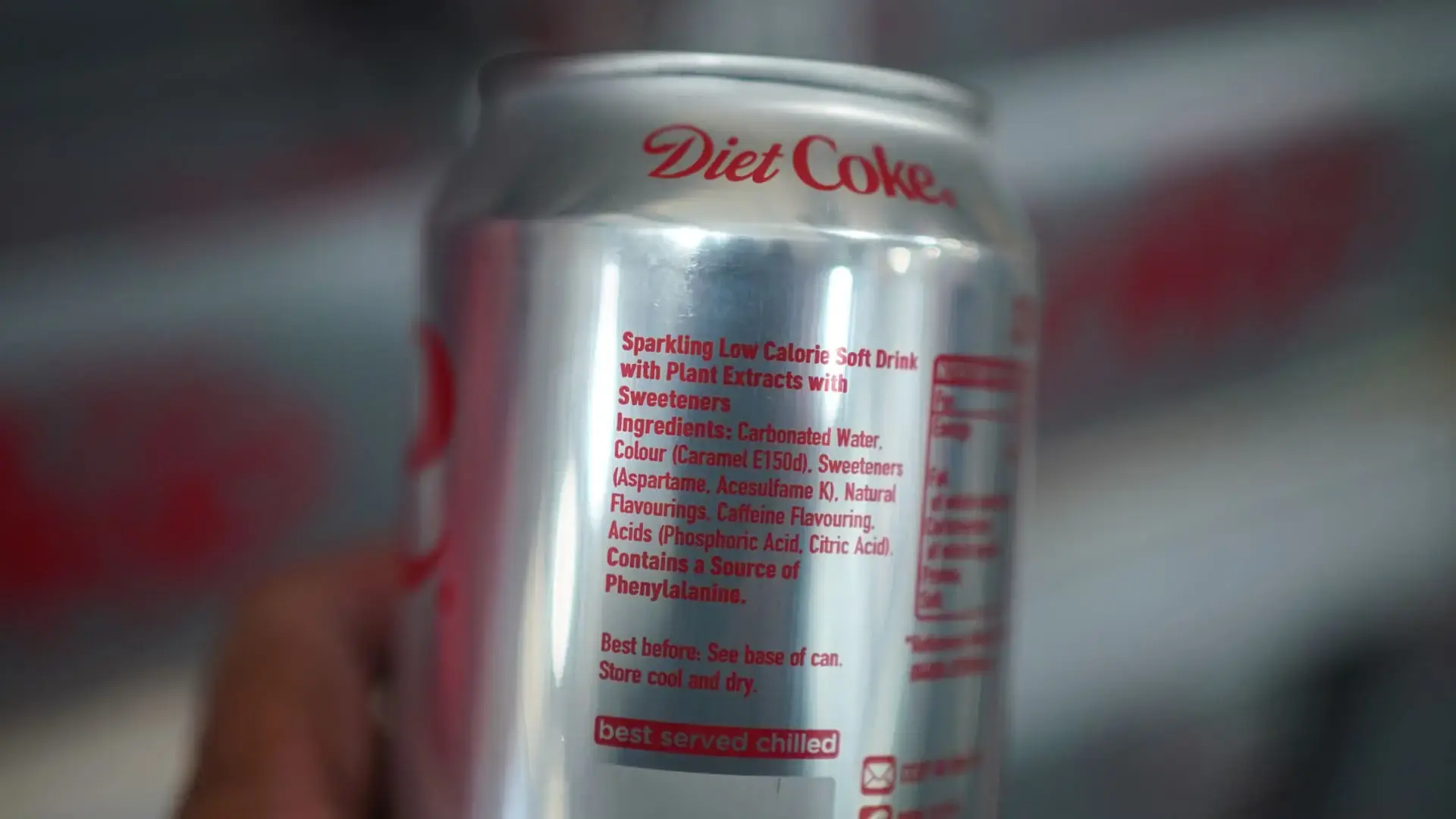- cross-posted to:
- worldnews@lemmy.ml
- cross-posted to:
- worldnews@lemmy.ml

Depending on their weight, the average adult would have to drink nine to 14 cans of aspartame-containing soda daily to exceed the limit and potentially face health risks.
I really wish the headlines would lead with this information because I’m already tired of people telling me about the link to cancer every time I crack open a diet pepsi

Yeah man, EVERYTHING has an associated risk.

the comments on this post right here is highlighting what I love about this community, and why I’m perfectly okay not going back to reddit. everyone is talking about risk as a percentage, the inherent risk of doing anything (or nothing), the way that dosage determines toxicity, and all sorts of other sane and reasonable things to say in the face of something like this. No calls to ban aspartame or jail the manufacturers, no one is trying to say that artificial sweeteners are a joint UN-alien collaborative effort to establish mind control, no tribalism, no name calling, no vague fear-mongering about “chemicals” in the generic case, just reasonable discussion acknowledging that we live in a world where we make constant risk-reward decisions and that everyone has to die of something eventually.

Being included in IARC group 2B seems quite unimportant and not newsworthy. It’s just because everything related to artificial sweeteners always makes headlines.
Here are some other members of IARC’s group 2B: shampoos and lotions containing coconut oil; aloe vera extract; nickel and nickel alloys; coffee and red wine (due to caffeic acid — unrelated to caffeine); thyme and sage (also caffeic acid).
To that, add occupational exposures related to working in carpentry; working in dry cleaning; working as a firefighter; working in textile manufacturing.

9 to 14 cans of diet soda per day? I could see how safe those limits are but I could also easily think of a lot of people nowadays who could easily surpass those. By then there would be a lot of other stuff they’re already consuming that could also be detrimental to their health.

That’s daily, like every day drinking that much.
And that’s just when it starts to be a health risk. As in non-zero, but still low.
And that’s if you are 158 lbs.

Ah yes, just like the safe levels of lead.

That’s not how acute or chronic toxicity works though.
Eat sufficient amount of high glycemic carbs, and you also increase your cancer risk.

In the sense that there’s an LD50 for every compound. Of course, trace amounts of lead have a noticeable impact on cancer rates. Meanwhile you have to ingest at least 12 cans a day of diet soda to have the potential for health effects.

Heavy metals are a pretty special case, which is why they have always been categorized as their own thing.
The only reason we have “safe levels” of lead is because it’s a naturally occurring metal that’s found in trace amounts literally everywhere.
Also fun fact radon decays into lead, often lint traps and clothing have (barely) detectable levels of lead above what you’d expect since dryers are often in basements which all have some level of radon.
You could drive yourself up a wall trying to completely eliminate your exposure to lead.

The dose makes the poison after all!

